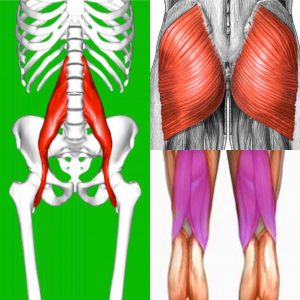Lighter Legs
If you feel like you are sinking when you are swimming, you are not sinking to the bottom, it is your legs that are dropping. This creates the sensation of sinking, triggering your fight and flight, emotionally feeling on high alert. Your profile in the water changes, your surface area and drag profile increase significantly.
To feel balanced we must look at our posture and body alignment and distribute our weight so that we are horizontally balanced in the water to help our legs sit higher at the surface. To maintain this balanced, near weightless position the movement of your legs must be initiated correctly. If you use your foot and knee to initiate the kick this will cause your upper leg to drop, sending your legs downhill and creating a space above your leg for water to sit.
Using my leg dimensions to calculate the space an excessive bend would create when swimming, we calculated it would create enough space for 8-10kg of water to sit above my legs. That’s a lot of weight!
Effective human movement comes from improving connections and aligning muscles and bones for optimal spinal posture and using the four key muscles that connect the extremities to the spine to keep us together.
Two muscles flex the hip joint:
Psoas Major and Rectus Femorus connects the legs to the spine at the front of the body
Two muscles extend the hip joint:
Gluteus Maximus and Hamstrings connects the legs to the spine at the back of the body
The Latissimus Dorsi is the only muscle that connects the arms to the spine
Put simply, initiating the leg movement from the hip, uses the muscles that connect our legs to our spine and ensures the workload is transferred into the trunk/core and allows for effective human movement.
You can also notice this when you walk, where the psoas major is the main engine for walking. When the skeleton is well aligned, the psoas can initiate each step from the core. When this happens, there is a spinal twist that both moves the body and at the same time stimulates, lubricates and tones the body. There is very little in our musculature that is not involved in good walking, the same is true for swimming.
Not only is the movement far more effective in the water, it will help you to displace the additional 8-10kg of water that may be sitting above your legs, creating a sleeker, longer body-line and more streamlined stroke. Your lower legs and feet will be higher in the water and respond with far greater power with the movement initiated from the more effective human engine.

